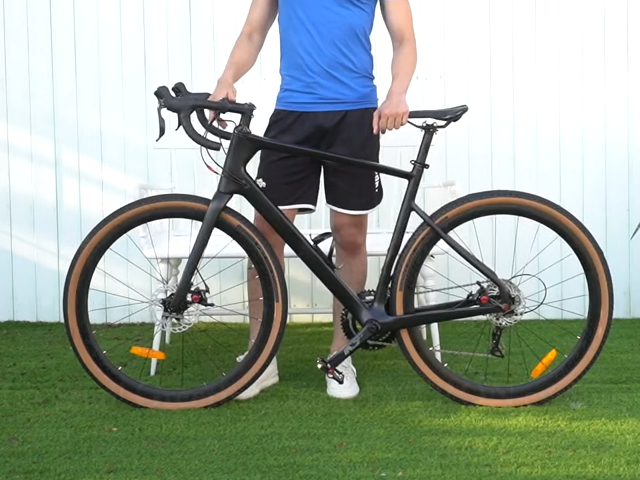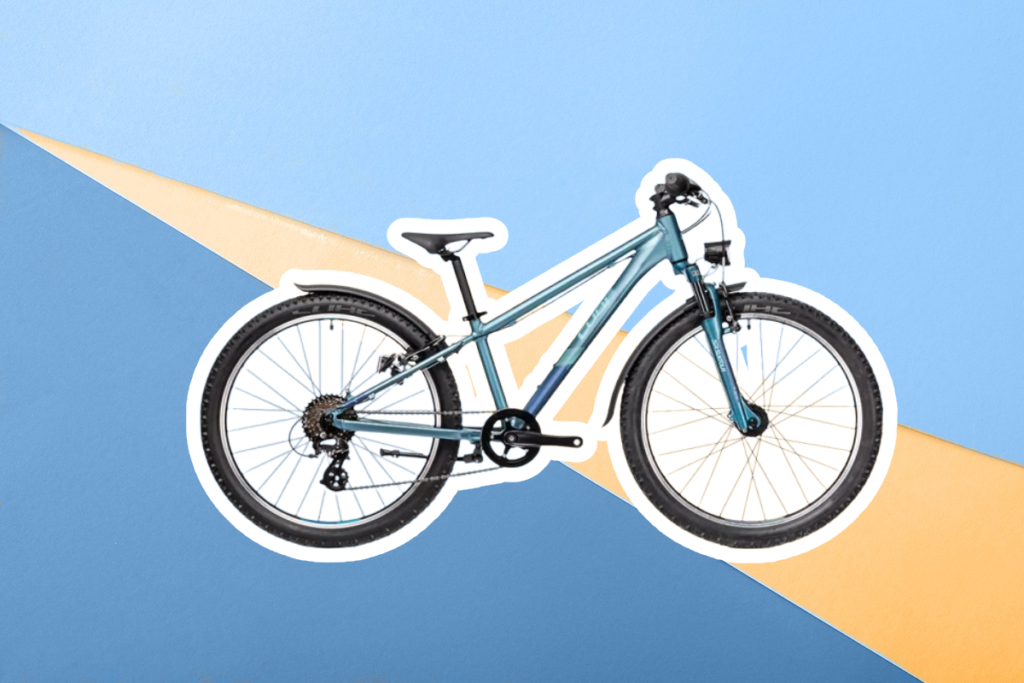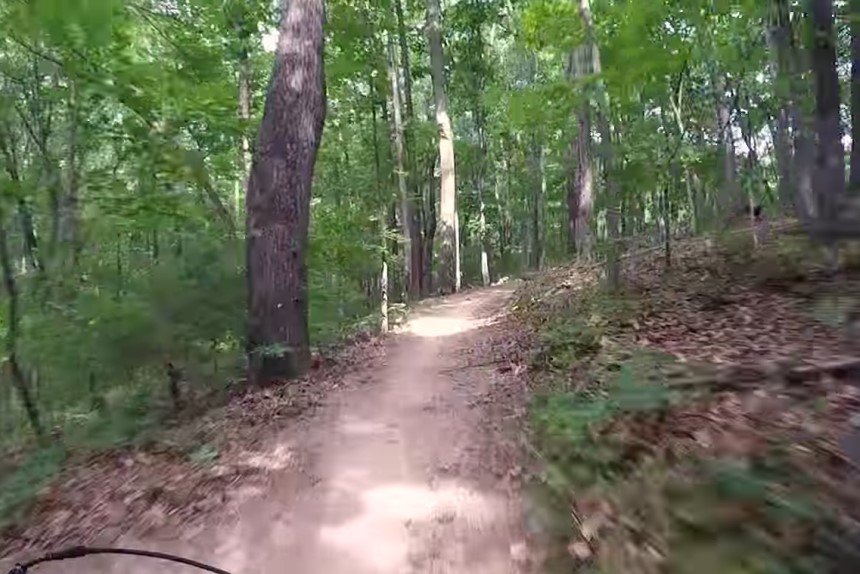- Trails
-
Bikes
-
Gear
-
Tips & Tricks
-
About us



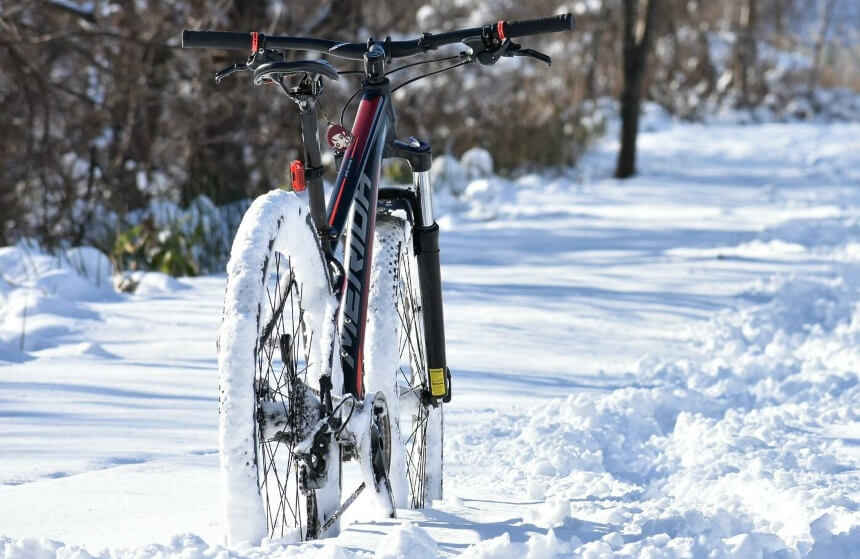 You must assess the weather before planning your ride for safety purposes. Ensure you know the snow conditions of the areas you intend to cycle to avoid accidents.
You must assess the weather before planning your ride for safety purposes. Ensure you know the snow conditions of the areas you intend to cycle to avoid accidents.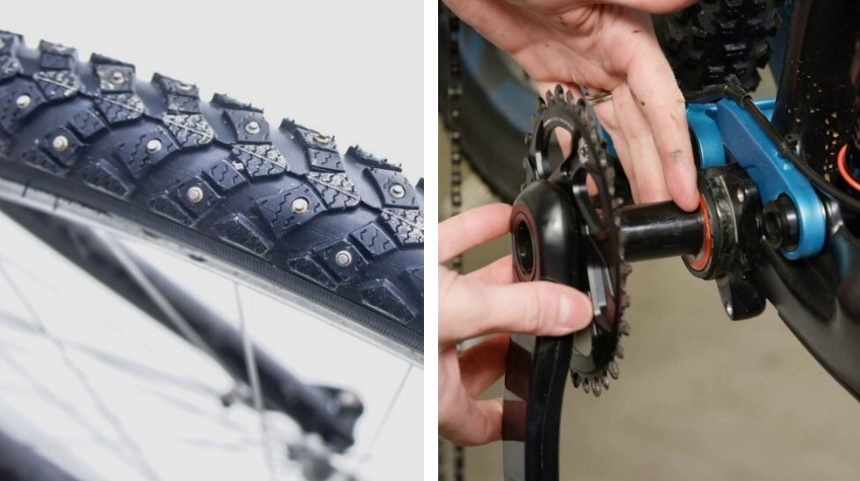 You must ensure that your bike is fit for riding in snow conditions for your safety.
You must ensure that your bike is fit for riding in snow conditions for your safety.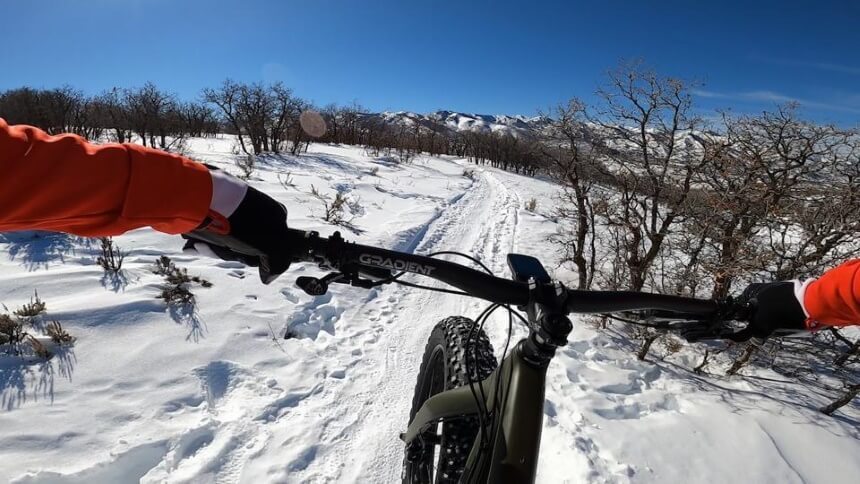 Plan your ride at least a day ahead to select the safest routes. Check the weather conditions when choosing the biking route for a safe and enjoyable ride.
Plan your ride at least a day ahead to select the safest routes. Check the weather conditions when choosing the biking route for a safe and enjoyable ride.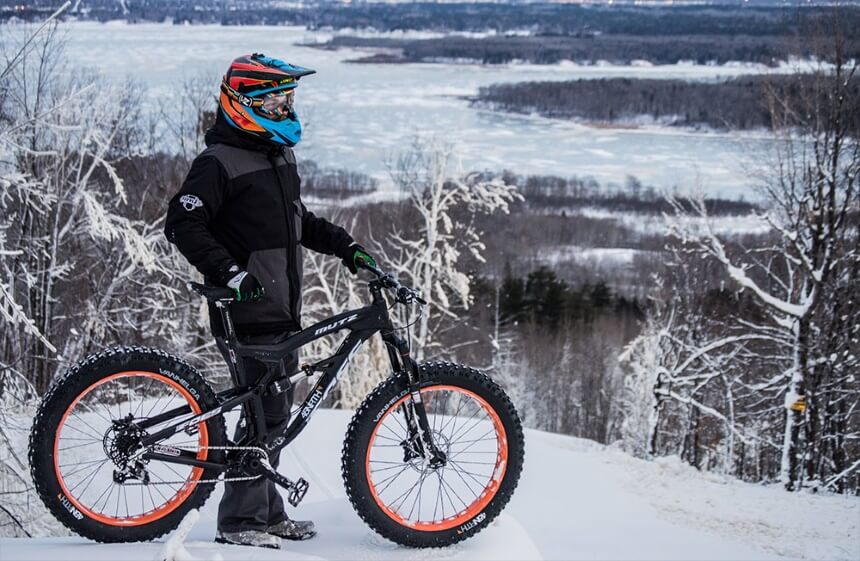 On top of being mentally and physically ready, you must gear up properly to keep warm and dry during the biking session. Ensure you are wearing;
On top of being mentally and physically ready, you must gear up properly to keep warm and dry during the biking session. Ensure you are wearing;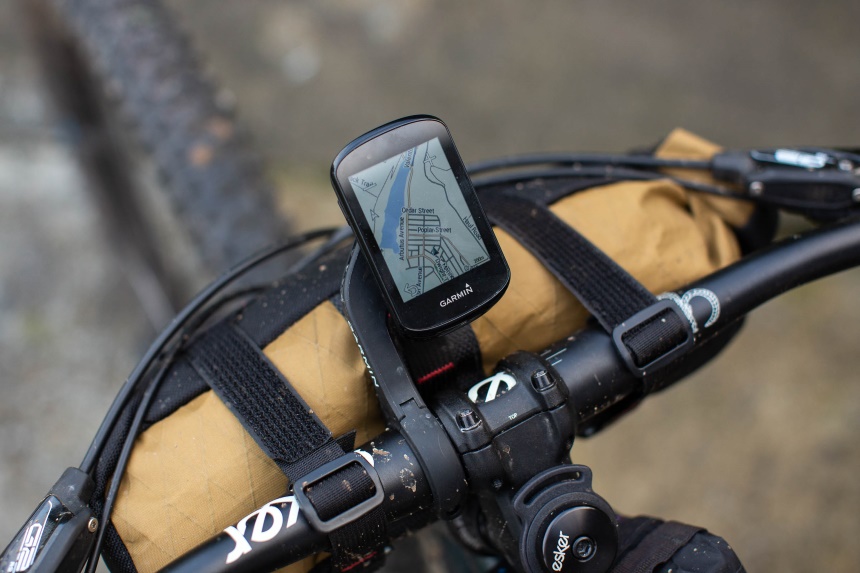 Here is a quick rundown of the bike gear to bring to a snow ride for your safety, comfort, and enjoyment;
Here is a quick rundown of the bike gear to bring to a snow ride for your safety, comfort, and enjoyment;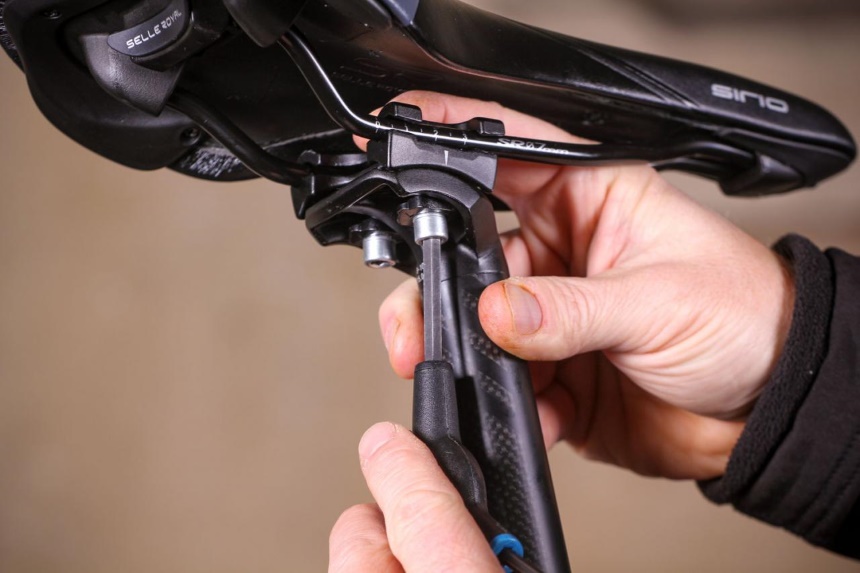 Something you can do to ensure your safety and enjoyment during a snow ride include:
Something you can do to ensure your safety and enjoyment during a snow ride include:




